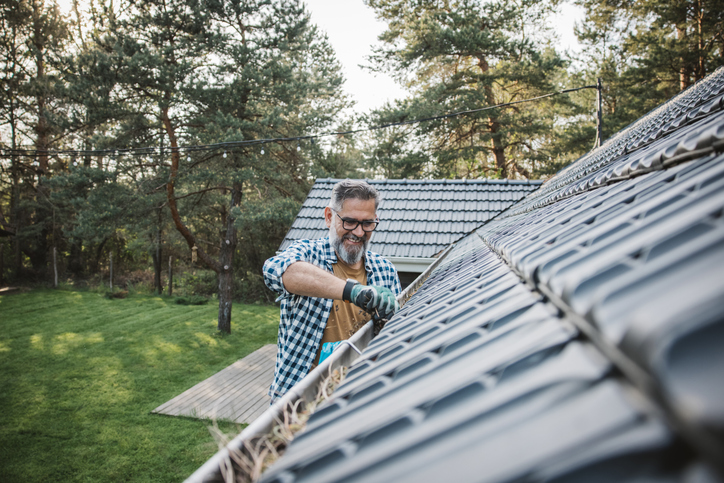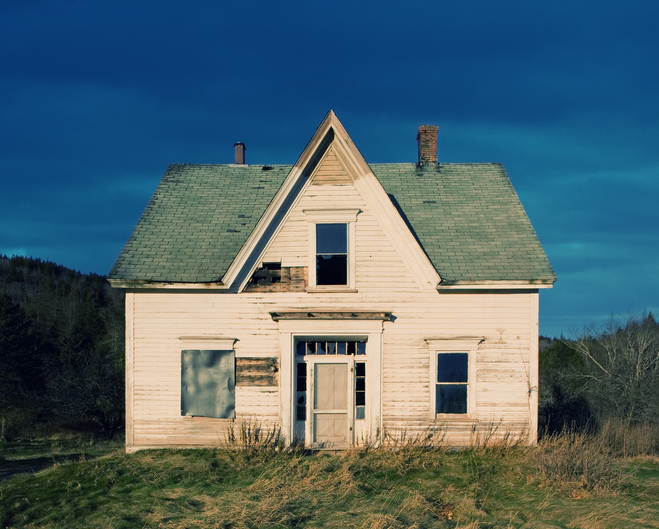
Say goodbye to the old-style light bulb.
Effective January 1, production of 60- and 40-watt incandescent light bulbs ended. Many homeowners are not even aware that their traditional light sources will soon become a rare commodity.
In 2007 Congress passed the Energy Independence and Security Act (EISA) requiring new energy-efficient standards for basic light bulbs. From 2012 to 2014, all standard 100-, 75-, 60- and 40-watt incandescent bulbs are being phased out and will no longer be produced. Standard incandescent bulbs will still be available to purchase while supplies last.
The 60- and 40-watt light bulbs are being discontinued because they fail to meet standards set forth in EISA. That legislation set a timetable that requires all screw-in light bulbs to use 25 percent less power by 2014 and 65 percent less by 2020. The Environmental Protection Agency (EPA) has a handy fact sheet about the changes.
These alternatives still have much higher upfront costs, but the Department of Energy says consumers quickly recoup the price difference in energy savings. Nationwide, about 12 percent of a home’s power bill goes towards lighting, according to the EPA.
So if you’re looking to upgrade your old incandescent bulbs, here are some energy efficient alternatives:
- Halogen bulbs: Similar to incandescent bulbs, they are the cheapest of all non-incandescent bulbs. But they only last about 1,000 hours and use two-thirds as much energy as a traditional incandescent.
- Compact Fluorescent (CFL) bulbs: These bulbs offer the best combination of economy and efficiency, lasting up to 10,000 hours and consuming less than a fourth of the energy of an incandescent bulb. But the light is much “cooler” than incandescent or halogen light, making it look more blue than white to people used to incandescent bulbs. They can also be a pain to dispose of, since they contain trace amounts of mercury, which must be recycled at a proper facility.
- LED bulbs: These are the most expensive bulbs on the market, but they last up to 25,000 hours and only use a sixth of the energy an incandescent bulb uses. In addition, they can have adjustable colors, and they don’t contain any toxic chemicals requiring special disposal.
Topics
Member Discussion
Recent Articles
-
New Construction Homeowners Take on More Maintenance
- April 8, 2025
- 2 min. read
Homeowners of new construction homes spend more on maintenance, complete more seasonal maintenance and feel more prepared for natural disasters, according to a survey by Hippo.
-
Is Gen Z’s Debt Preventing Homeownership?
- April 7, 2025
- 2 min. read
Of all generations, Gen Z has the highest average personal debt of $94,102, according to research from Newsweek.
-
Nearly 6.5 Million Homes Classified as Inadequate in 2023
- April 4, 2025
- 2 min. read
In 2023, 6.45 million homes, equivalent to about 5% of the U.S. housing stock, were classified as inadequate. Of those, 1.65 million were severely inadequate.
Daily Emails
You’ll be the first to know about real estate trends and various legal happenings. Stay up-to-date by subscribing to JustListed.



